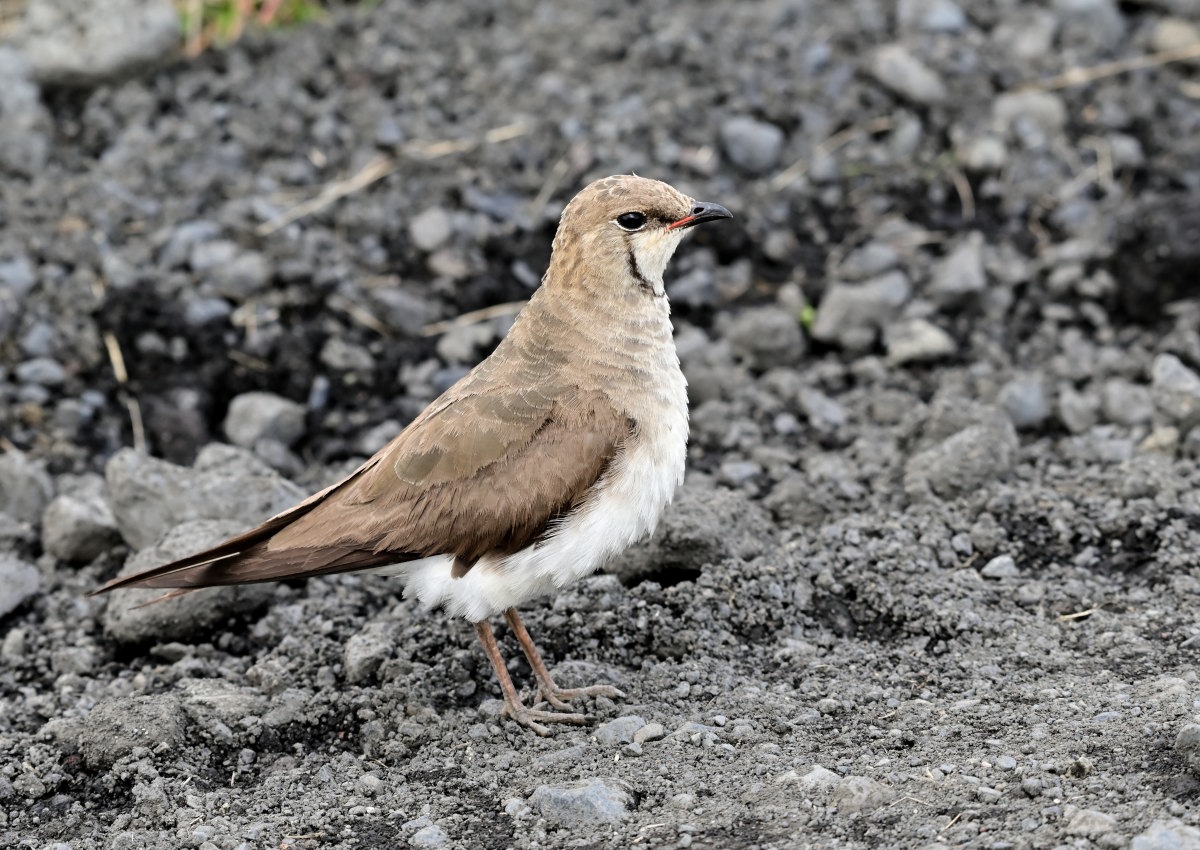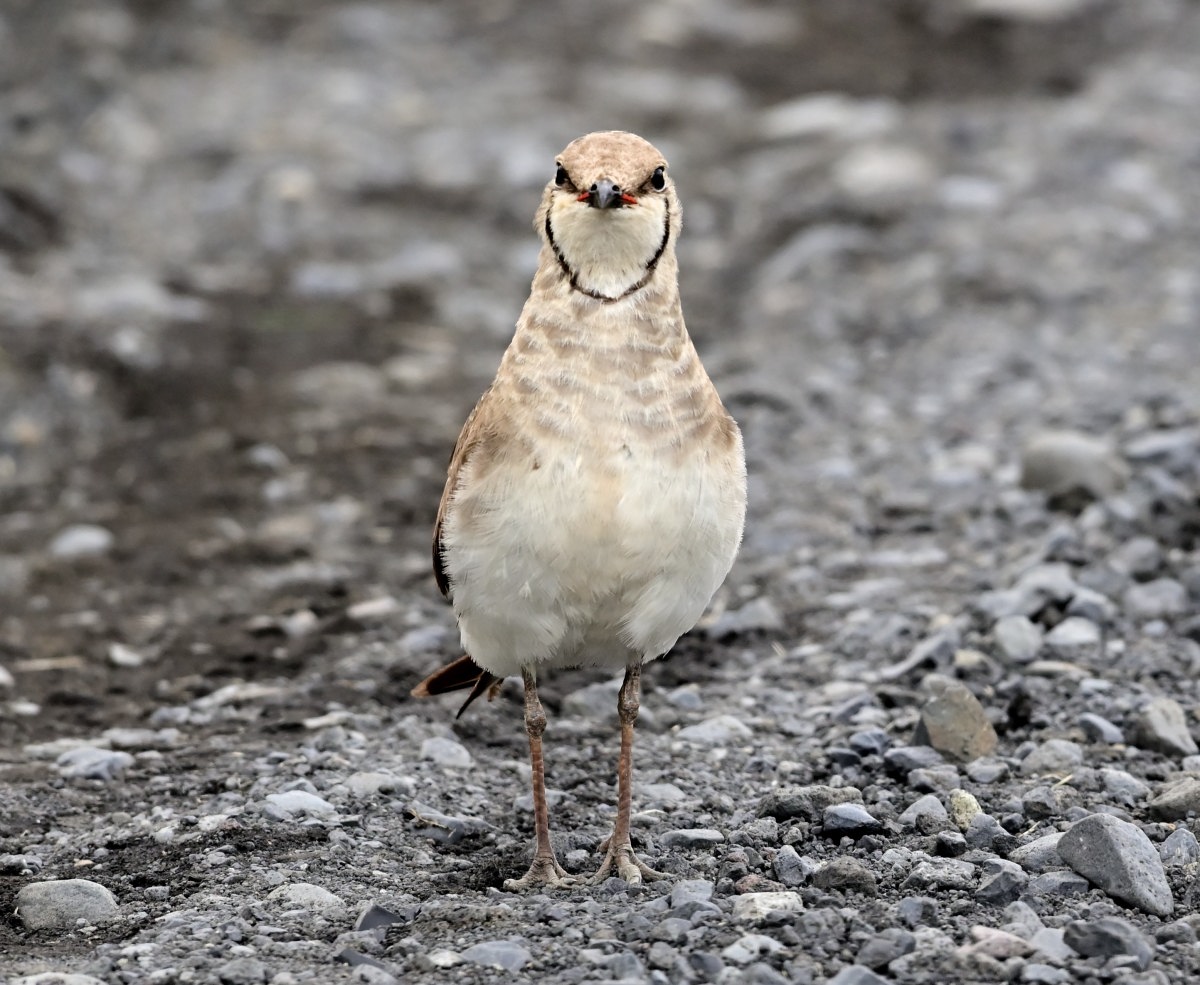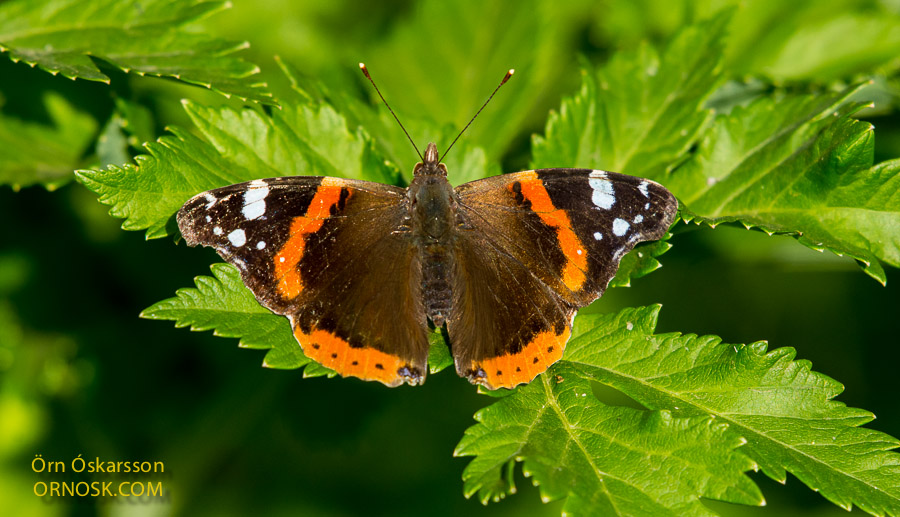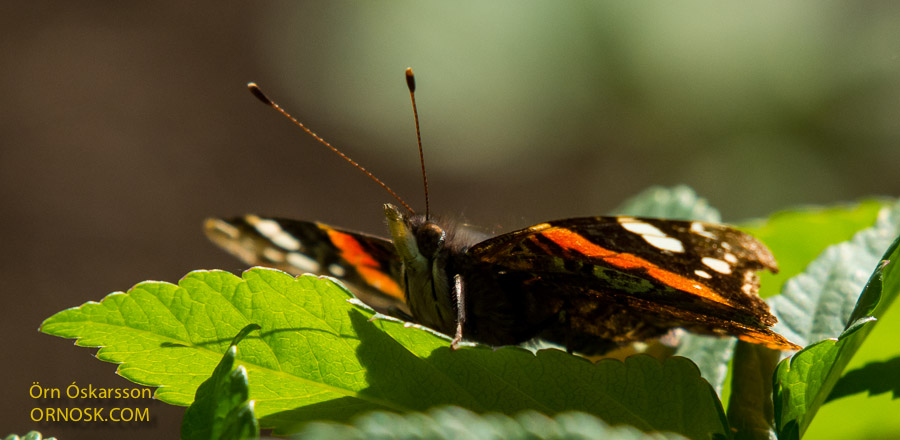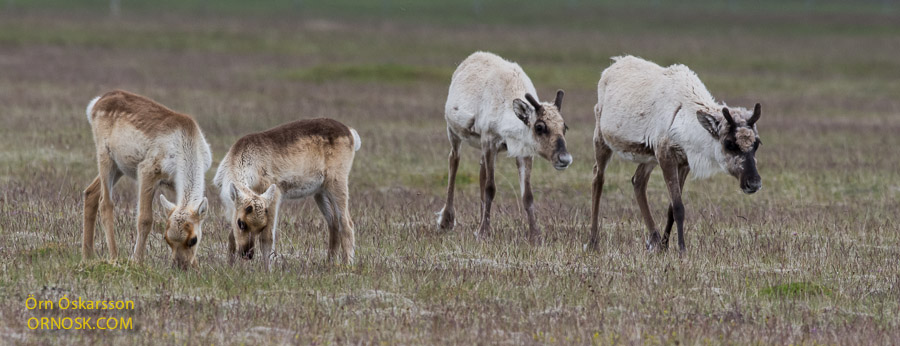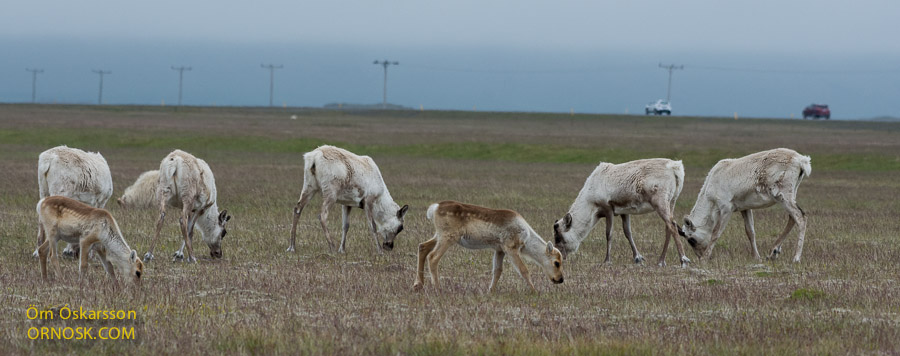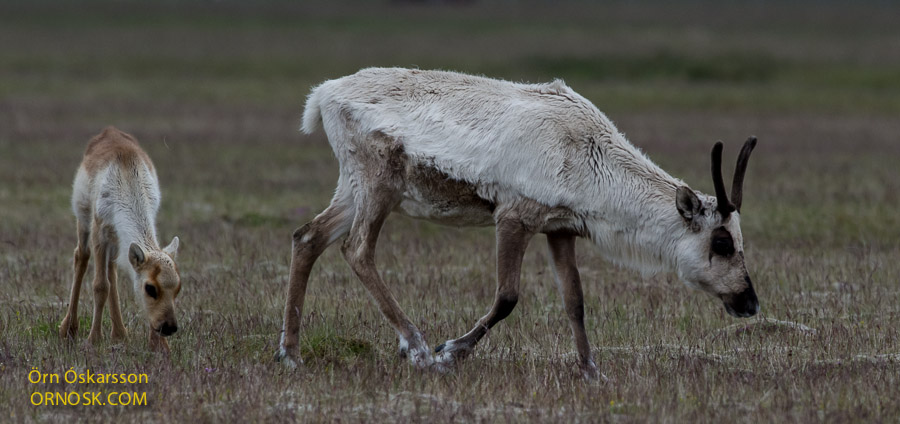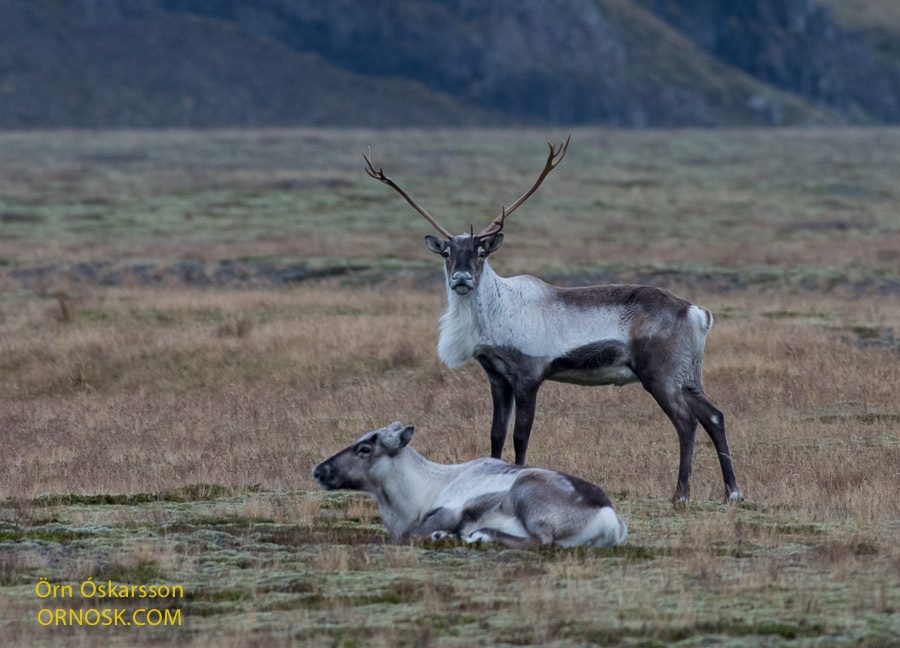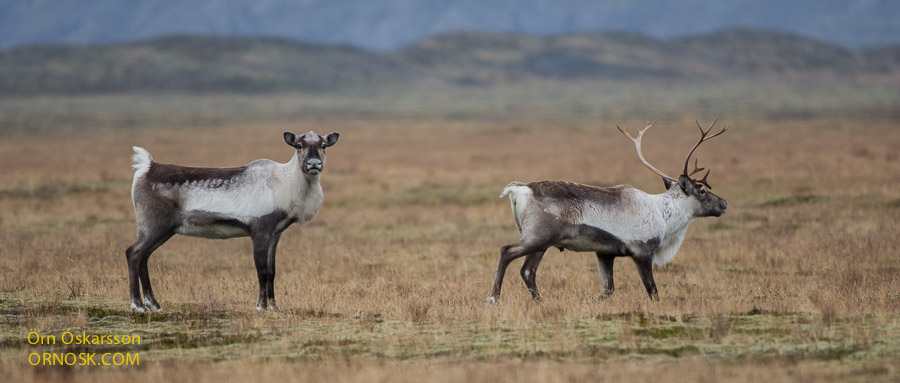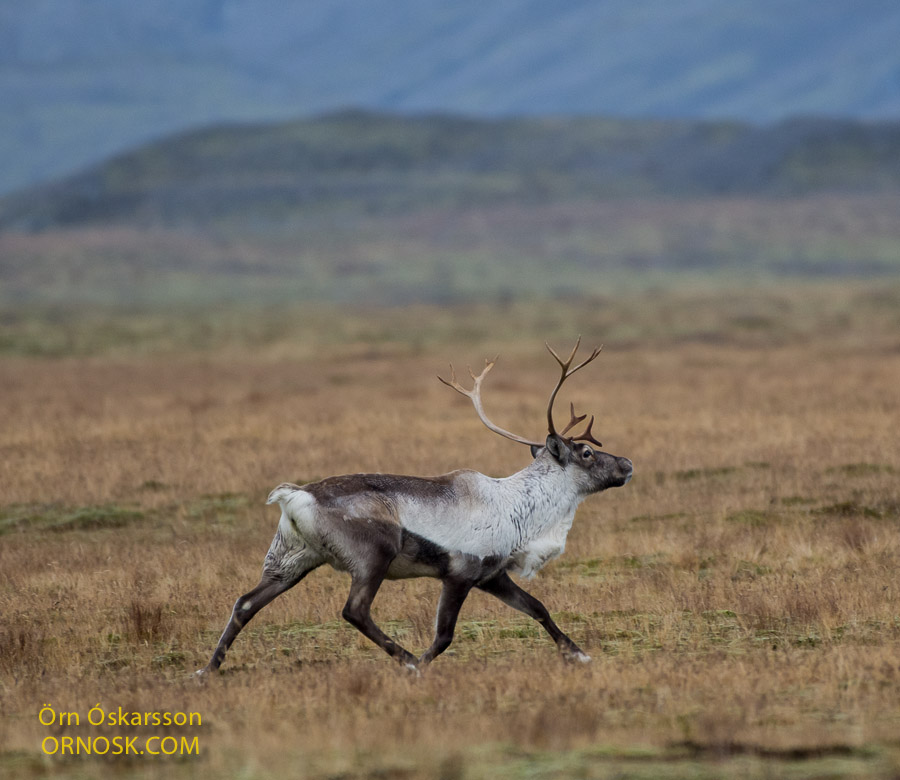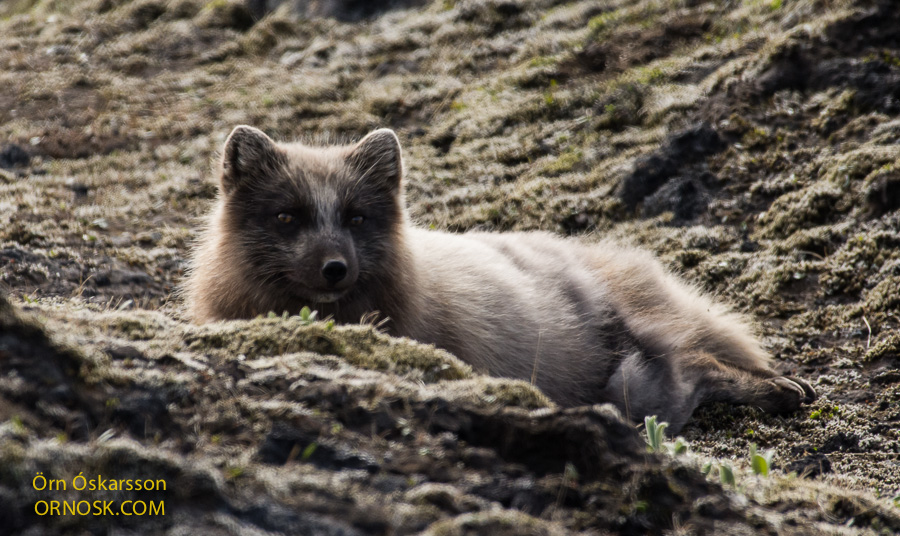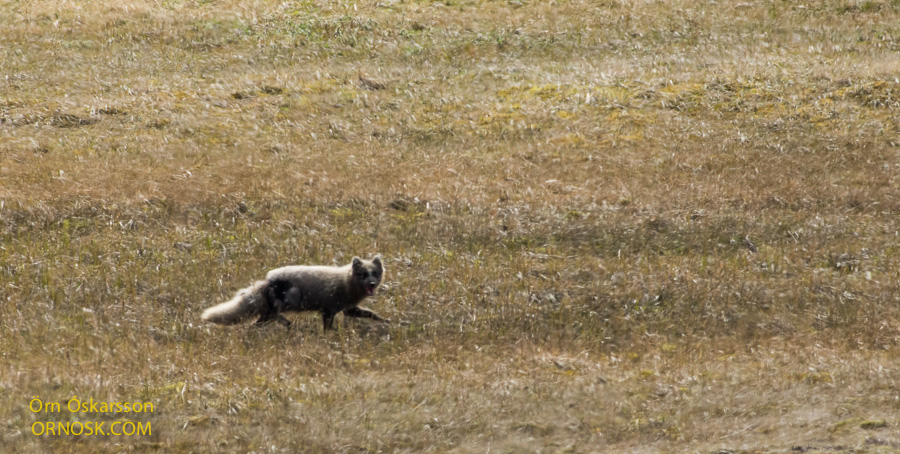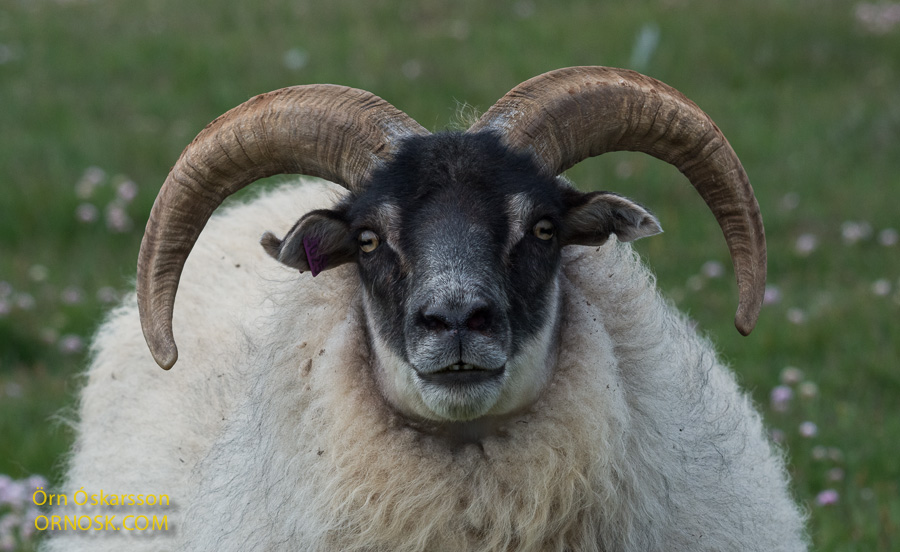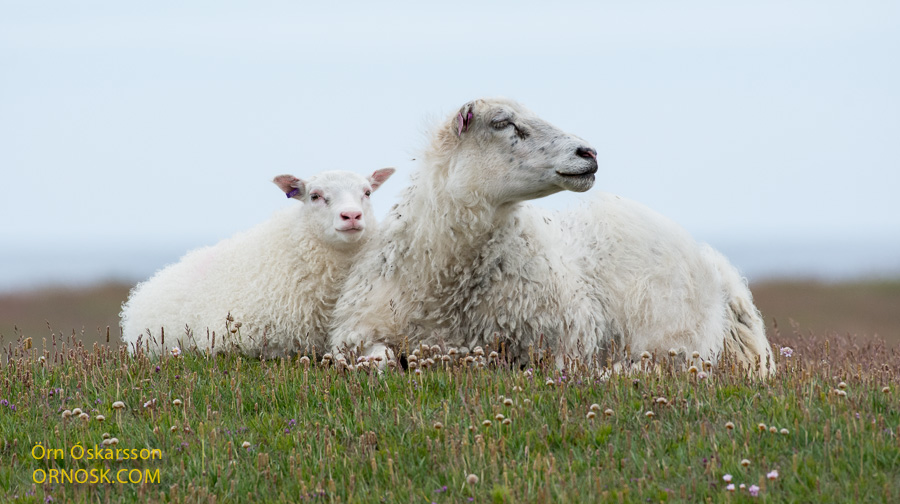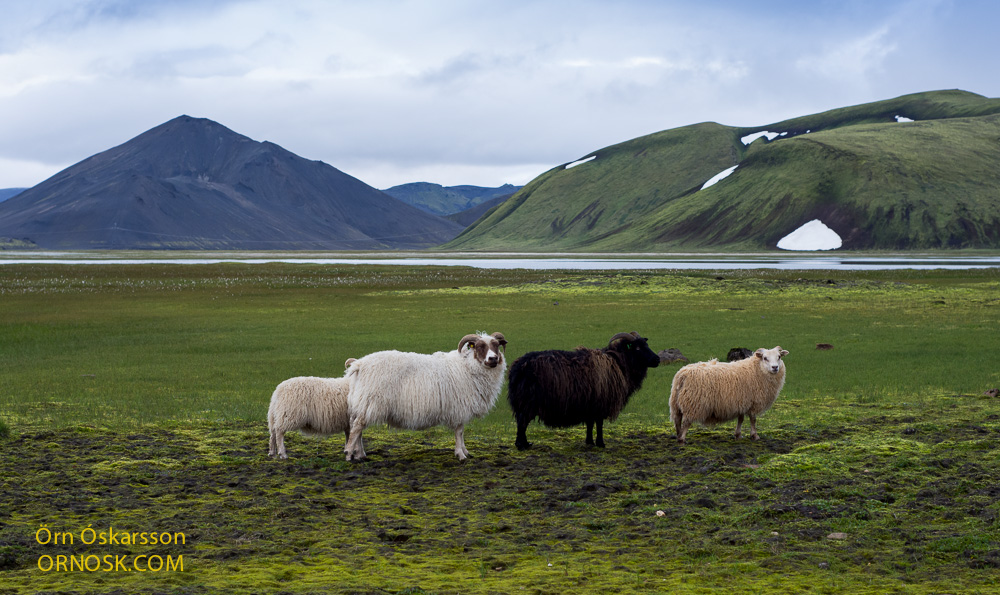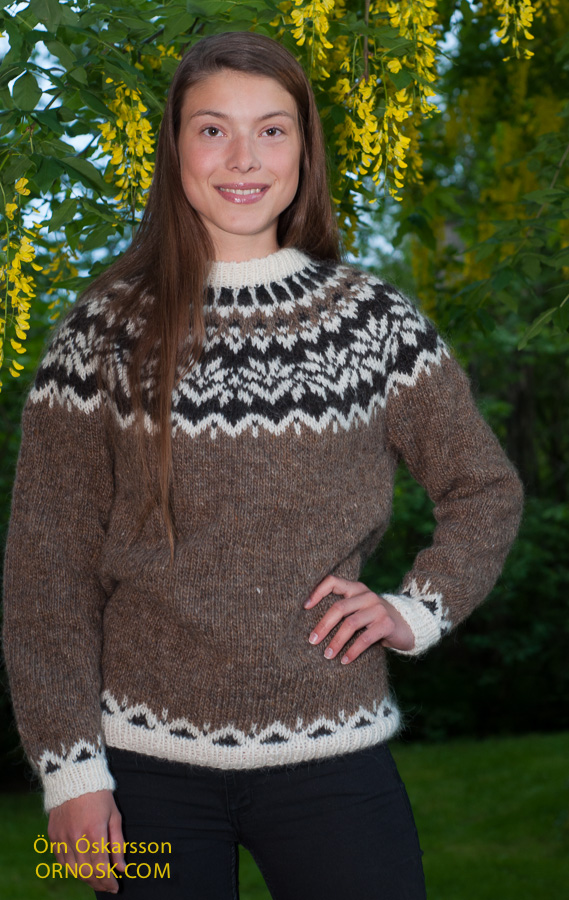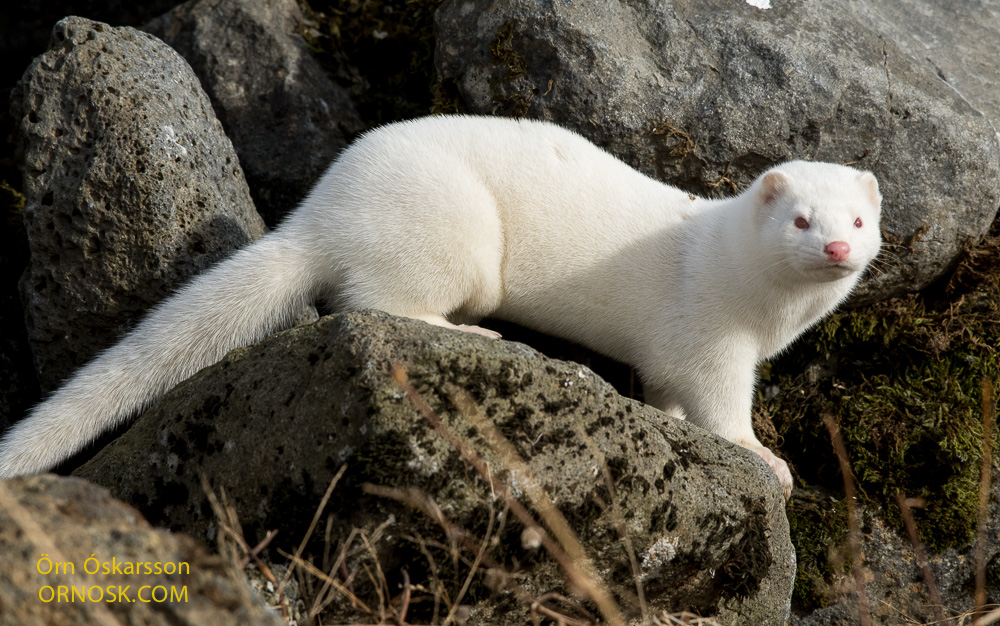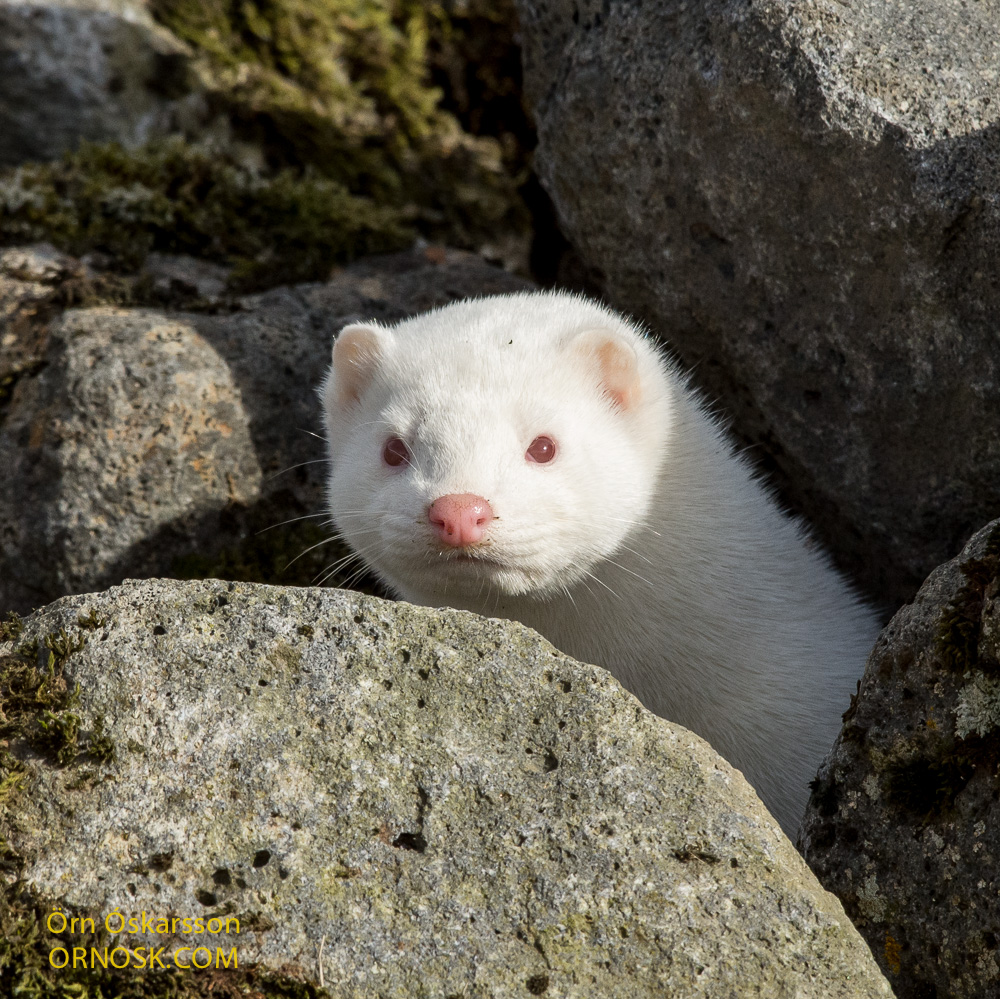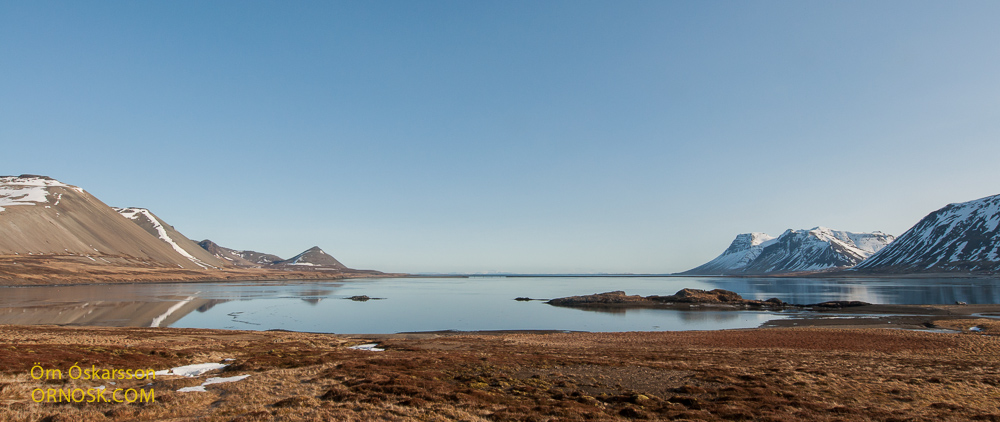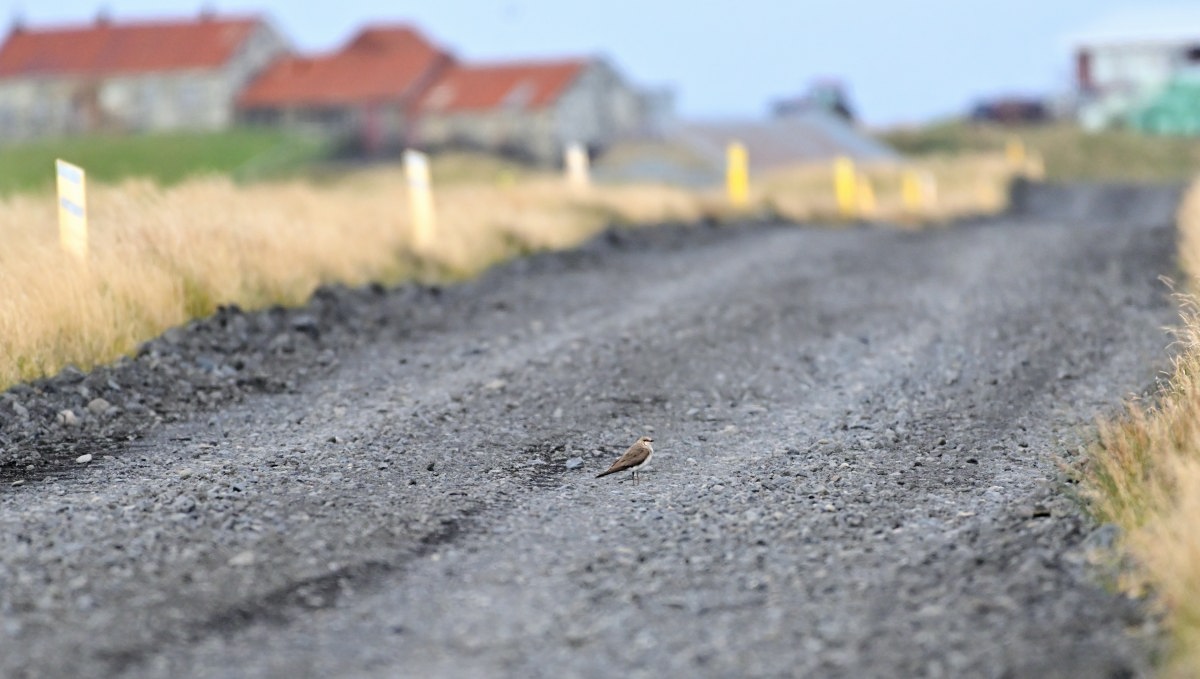
During the last four weeks a rare vagrant has resided in Álftaver (near Vík in Mýrdalur) between the farms Jórvík and Mýrar. This is the Black-winged Pratincole and the fourth bird to be recorded in Iceland. The others were recorded in 1979, 1983 and 1987.
This Black-winged Pratincole mostly stays on the gravel road or a small lake nearby, according to locals. It has travelled a long way from its usual habitat. Its breeding places being in southern Ukraine or the steppes in South Russia and wintergrounds in the southern parts of Africa.
The Black-winged Pratincole’s feed is insects, arachnida and other small animals that it picks on the road and it seems to be well fed. On the road, however, there are dangers. We were witness to an attack from a Merlin and it was quite a chase high in the air. But thank God the Pratincole got away and was back again on the road shortly afterwards. Then a big jeep came along at high speed and the bird sat tranquilly without moving and was not harmed.
This fourth sighting of the Black-winged Pratincole in Iceland has caused quite a lot of interest among birders. Most of them are now seeing it for the first time as there are 37 years since it was last spotted here.

